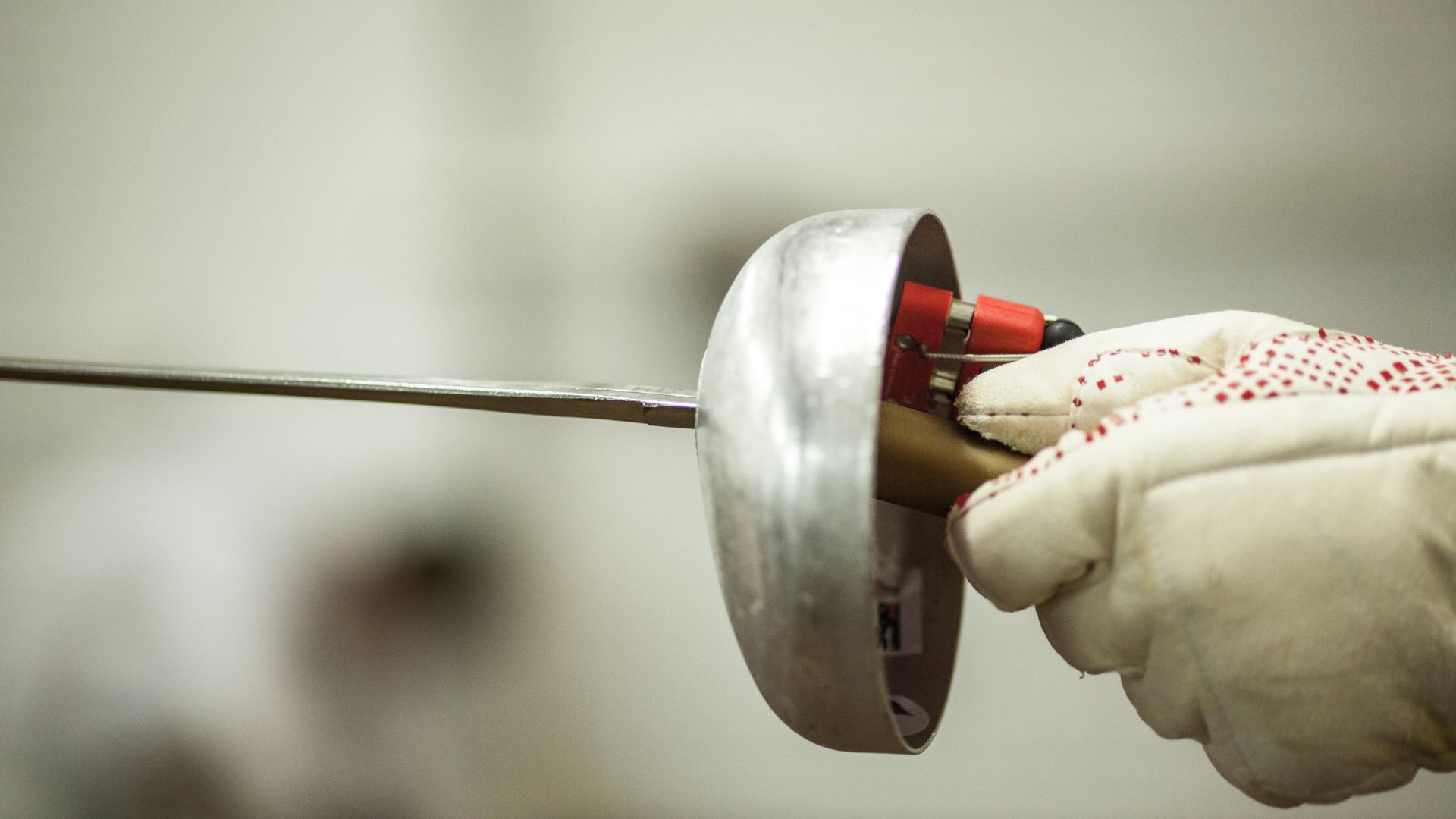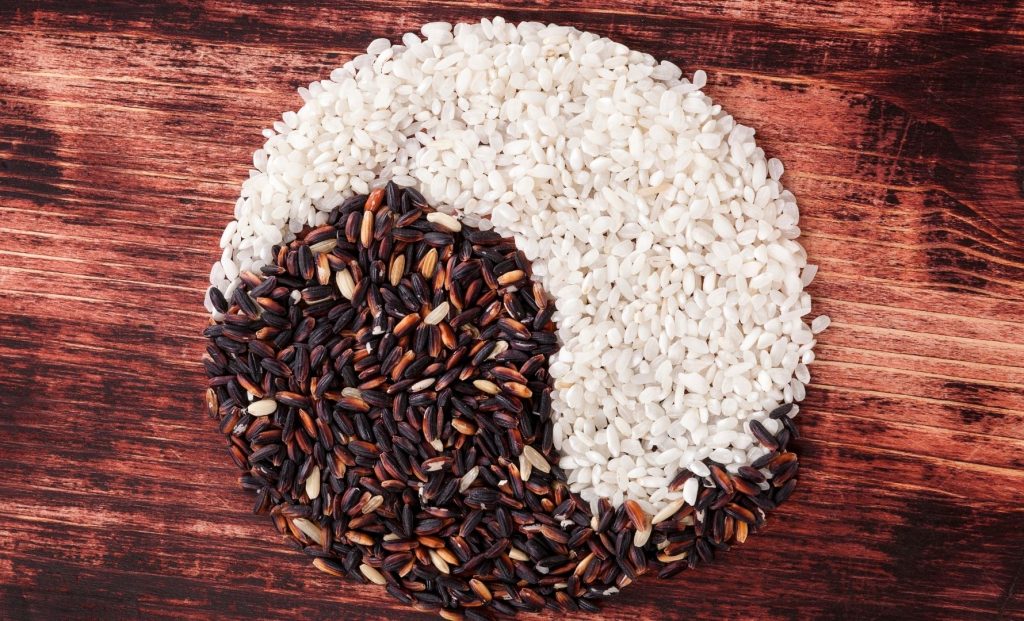Mindfulness can improve body awareness and enhance performance during the game for the two Hong Kong gold medalists in the Paris Olympic Game

Hongkongers are thrilled to share the pride of Vivian Kong Man Wai and Edgar Cheung Ka Long being the gold-medalists of the Paris Olympic 2024. Both were praised for their Hong Kong Spirit of not giving up and being resilient despite challenges and behind in game. Many people think that both are having the optimal psychological state during the competition. Besides having the optimal psychological state, they also showed their exceptionally high ability in executing every move in fencing game.
Research showed that cultivating mindfulness is beneficial for improving athletic performance by contributing to the development of optimal psychological state. Apart from this, mindfulness is also proved to enhance our body awareness. Mindfulness is non-judgmental, accepting, purposefully-focused attention in the present moment. Both Vivian and Edgar stated that they practiced mindfulness meditation regularly. The enhancement of body awareness in regular mindfulness practice is one of the factors for them to have extraordinary athletic performance. Body awareness is the consciousness and connection with our body. If we have high level of body awareness, we can execute different movements more smoothly and have better balance and posture in general. It is beyond dispute that by practicing mindfulness exercises regularly Vivian and Edgar developed much better body awareness than those athletes who did not do the same. As fencing is a sport that requires high level of body awareness to execute movement in a dedicated way, having high level of body awareness is very important.
Is body awareness also important for all of us? The answer is definitely yes. By having better consciousness and connection with our body, we are more able to identity our physical and psychological needs, such as hunger, thirst, fatigue and emotional distress. It is because we need to be able to feel our body in order to know our physical and psychological conditions. In fact, many of the childhood trauma survivors cannot connect with their body due to long-term blockage of the connection. As a result, they have difficulty in having awareness in their physical and psychological needs. For instance, a client of mine who had childhood trauma always wear winter jacket even when the weather is hot in summer. After psychotherapy for some time, she had better awareness of the temperature of the therapy room. She started to realize she feels hot and took off her jacket.
Besides physical sensations, low level of body awareness also contributed to difficulty to be aware of ones’ negative emotions. For example, a client of mine had frequent unexplained pain in her chest. As she repeatedly obtained normal results in body check, she felt distressed about this unknown pain. After psychotherapy, it was found that she had low level of body awareness. She had difficulty in being aware of her bodily sensations of feeling anxious and depressed in the face of her work and relationship stress. This contributed to her unexplained pain.
The success of Vivian and Edgar showed us that mindfulness practice is beneficial for the development of body awareness. Even though we are not elite athletes, regular mindfulness practice is also beneficial to us because better body awareness can enhance our connection with our body and improve our well-being. Mindfulness exercises, such as body scan, mindful movement, yoga, are some of the practices that we could add to our daily routine.



